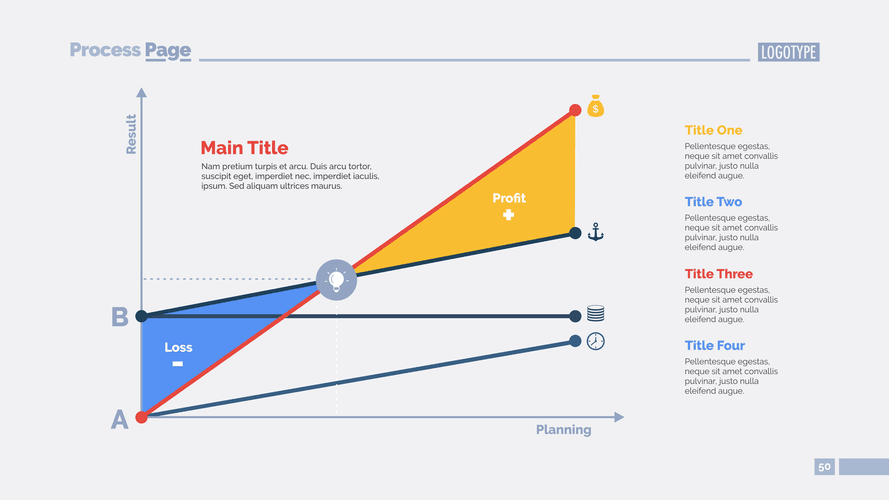Depreciation & Amortization: What Is It, Calculation & Importance

Depreciation expense represents the systematic allocation of the cost of a tangible asset over its useful life. This accounting process recognizes that physical assets, such as machinery or buildings, lose value due to wear and tear, obsolescence, or usage. Its core purpose is to match the expense of using an asset with the revenue it helps generate over time, adhering to the matching principle in accounting.

How to Calculate Depreciation and Amortization (D&A)
- On the income statement, depreciation is recognized as an operating expense, reducing reported net income.
- After an asset’s depreciation is recorded up to the date the asset is sold, the asset’s book value is compared to the amount received.
- But unlike Straight-line, the depreciable cost of the asset is lowered each year by subtracting the previous year’s depreciation.
- Depreciation, on the other hand, accounts for the cost of these assets over time as they are used in the business.
- Capex as a percentage of revenue is 3.0% in 2021 and will subsequently decrease by 0.1% each year as the company continues to mature and growth decreases.
- Depreciation expense is the amount that a company’s assets are depreciated for a single period such as a quarter or the year.
This can encompass expenses like sales tax, freight charges, and installation or testing fees. The useful life refers to the estimated period an asset is expected to be productive for the business, generating revenue or providing economic benefits. On the balance sheet, depreciation affects the reported value of assets. While the original cost of a tangible asset remains on the books, a contra-asset account called accumulated depreciation is used.
- When a depreciation expense is charged to the income statement, the value of the long-term asset recorded on the balance sheet is reduced by the same amount.
- The double-declining balance method is another accelerated depreciation method used by companies to reduce their tax liability.
- 🏭 Depreciation helps businesses and individuals account for the gradual loss in value of tangible assets like vehicles, machinery, and equipment.
- The double-declining-balance (DDB) method, which is also referred to as the 200%-declining-balance method, is one of the accelerated methods of depreciation.
- Depreciation affects financial reporting by reducing the book value of assets on the balance sheet and decreasing net income on the income statement.
- Instead, this depreciation will be initially recorded as part of manufacturing overhead, which is then allocated (assigned) to the goods that were manufactured.
Depreciation Practices in Accounting
Depreciation expense has a direct impact on a company’s financial statements, specifically the income statement and the balance sheet. This reduces the company’s reported net income, which reflects its profitability for a given period. Depreciation is considered a non-cash expense, meaning it reduces a company’s reported profit without involving an actual outflow of cash.
Double-declining balance depreciation
It may provide benefits to the company over time, not just during the period in which it’s acquired. Amortization and depreciation are two main methods of calculating the value of these what are retained earnings assets whether they’re company vehicles, goodwill, corporate headquarters, or patents. In conclusion, depreciation plays a vital role in business tax planning, helping reduce current tax burdens while enabling businesses to allocate expenses in a way that matches the asset’s usage.
- Bench simplifies your small business accounting by combining intuitive software that automates the busywork with real, professional human support.
- To avoid doing so, depreciation is used to better match the expense of a long-term asset to periods it offers benefits or to the revenue it generates.
- Depreciation and amortization are accounting methods used to allocate the cost of an asset over its useful life.
- For example, computers and printers are not similar, but both are part of the office equipment.
- Both the asset account Truck and the contra asset account Accumulated Depreciation – Truck are reported on the balance sheet under the asset heading property, plant and equipment.
- The straight-line method is the most straightforward and assumes that the asset will lose an equal amount of value each year.

When more efficient equipment becomes available, old equipment might become obsolete. Number of units consumed is the amount that you used in a given year—in this case, perhaps your machine produced 30,000 products, so you would have used 30,000 units. Salvage value is the amount you expect to be able to obtain for the asset at the end of its usable life. Depreciation ends when the asset reaches the end of its usable life or when you sell it. The difference is over or Under and Results in Deferred Tax Assets or Deferred Tax Liabilities. The Deferred Tax Assets or Liabilities are calculated by multiplying the net book value @ tax rate.
Understanding Depreciation Expense
The assets normally treated as Fixed Assets are an office building or building belonging to the entity, land belonging to the entity, computer equipment, entity care, and others. Tax professionals can assist you with understanding depreciation tax write-offs and ensure you’re maximizing your deductions while remaining compliant. Your company purchases an office building for $500,000, with an expected useful life of 30 years and no salvage value. You invest in a new piece of manufacturing equipment for $100,000, with an expected useful life of 10 years and a salvage value of $10,000. Each method has its advantages and is suited to different types of assets or business situations.
It provides a structured way to account for the reduction in value of tangible assets over time. Understanding depreciation helps in evaluating a company’s financial performance and asset management strategies. Depreciation expense plays a crucial role in accurate financial reporting and informed decision-making for your business. By systematically allocating the cost of assets over their useful lives, depreciation provides a realistic picture of your company’s financial health. Your choice of depreciation method can affect how your Oil And Gas Accounting financial statements appear. The straight-line method provides steady depreciation expenses, which can lead to more consistent reported earnings over time.
- They take the amount you’ve written off using the accelerated depreciation method, compare it to the straight-line method, and treat the difference as taxable income.
- Finally, the depreciated expense is computed by multiplying this rate with the remaining fixed asset cost after deducting the salvage value.
- Although a company pays cash upfront for equipment, depreciation spreads this cost over several financial statements.
- A company purchases a new long-term asset which increases the asset account on the balance sheet.
- In determining the net income (profits) from an activity, the receipts from the activity must be reduced by appropriate costs.
Depreciation isn’t an asset or a liability itself—it’s a method used to measure the change in the carrying value of a fixed asset. It’s recorded as a contra-asset under the assets section of your balance sheet. You’ll usually record annual depreciation so you can measure how much to claim in a given year, as well as accumulated depreciation so you can measure the total change in value of the asset to date. Another depreciation expense meaning popular method is the Double-declining balance method – an accelerated depreciation method where more of an asset’s cost is depreciated in the early years of the asset’s life. The credit side of the amortization entry may go directly to the intangible asset account depending on the asset and materiality.
Depreciation Expense In Financial Statements

Below that amount, all expenditures are automatically charged to expense. The threshold level is not stated within Generally Accepted Accounting Principles; it is only an internal accounting policy issue. Smaller businesses tend to set lower capitalization limits, while larger companies set higher limits. Depreciation can be helpful because it enables a business to spread out the cost of an asset over the asset’s usable life. Depreciation allows you to reduce your taxable income by claiming depreciation as an expense, minimizing your total tax bill. Depreciation is listed as an expense on your income statement since it represents part of the asset cost allocated to the period.


